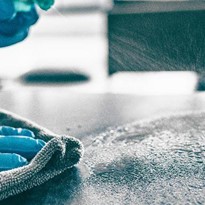Caring correctly for your procedure chair will help extend the service life of your product and help to combat harmful cross contamination.
In this article, you’ll read the recommended best practices for cleaning our range of medical procedure chairs and mattresses and the do’s and don’ts when cleaning a procedure chair.
How to best clean a procedure chair?
Surface cleaning is recommended for routine circumstances for your medical procedure chairs.
- Do not hose, soak or submerge your chair. Surface clean only.
- Disinfect using institution approved procedures; ensuring the surfaces are decontaminated, free from residues and dry before use;
- With alcohol based sanitisers* or
- With appropriate water-based residual removers, or
- Quaternary ammonium compounds*
- * Institution approved brands at manufacturer’s recommended concentrations.
TO CLEAN and DISINFECT?
- Consult your facility contamination control plan.
- Consult care instructions for the accessories including mattresses that have been supplied separately.
- Spot clean any visible soiling.
- Wipe over all surfaces with a suitable disinfectant, ensuring a suitable contact time.
- Rinse or remove residues as merited.
- Store indoors in a clean and dry environment, protected from contamination.
DO NOT
- Remove any fixtures or fittings integral to the safe operation and use the stretcher
- Allow fluid to contact electrical fittings, fixtures or connectors
If you suspect significant contamination, consider fogging and/or UVC exposure in conjunction with advice from MODSEL and your contamination control representative.
How to best clean a procedure chair mattress?
To care for your procedure chair mattress cushions, surface cleaning is recommended for routine circumstances.
- Do not breach the fabric surface with sharps or other abrasive materials.
- Disinfect using institution approved procedure; ensuring the surfaces are decontaminated, free from residues and dry before covering with a sheet;
- With alcohol based sanitisers* or
- With Quaternary ammonium compounds* or
- With Aldehydes* or
- With Peroxides*
- *Selected brands at manufacturer’s recommended concentrations.
The Do’s and Don’ts you should know before cleaning your procedure chairs.
- DO NOT USE BRUSHES OR PHYSICALLY ABRASIVE CLEANERS. These will destroy the waterproof coating of the fabric. WIPE WITH A CLEAN CLOTH DAMPENED WITH A MILD DETERGENT SOLUTION (OR) APPROVED SANITISER. RESIDUES CAN BE REMOVED WITH CLEAN WATER.
- If you suspect contamination, DO NOT DRY CLEAN.
- DO NOT PIN or STAPLE labels etc on cover, as this will breach the waterproof integrity of the fabric. If identification is required WRITE ON THE COVER USING LAUNDRY SAFE FELT TIPPED MARKER.
- HOT WATER and most chemical SANITISERS can be used. RINSE WELL. DO NOT WRING. DRY FLAT where possible. DRY, NATURALLY AT ROOM TEMPERATURE AWAY FROM DIRECT HEAT.
- DO NOT IRON. Store flat, clean and dry when not in use. Protect from contamination.
How do I tell if the mattress needs replacing?
There are a few giveaways to be aware of that will indicate that your mattress needs replacing.
ALWAYS discard a mattress cushions if the;
- Fabric cover is beached, worn or broken or
- Core is discovered to be wet or malodorous or
- Mattress/cover no longer appears hygienic after prescribed cleaning procedure. Disinfect before disposal. DO NOT re-purpose or recondition this device.


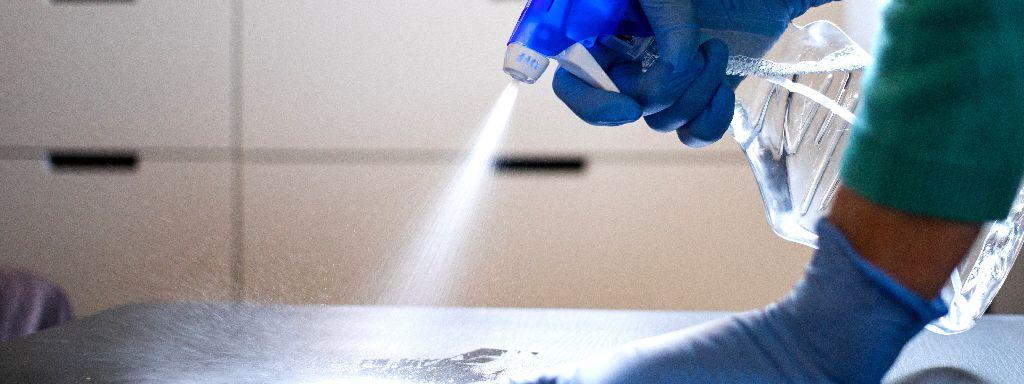











-160x160-state_article-rel-cat.png)






%20(1)-160x160-state_article-rel-cat.png)



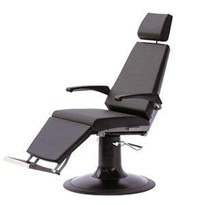
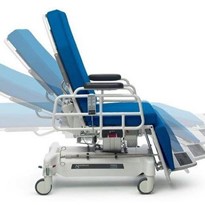
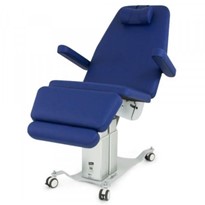
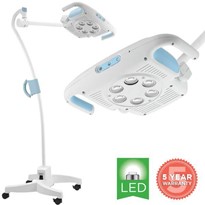






(13)-205x205.jpg)
